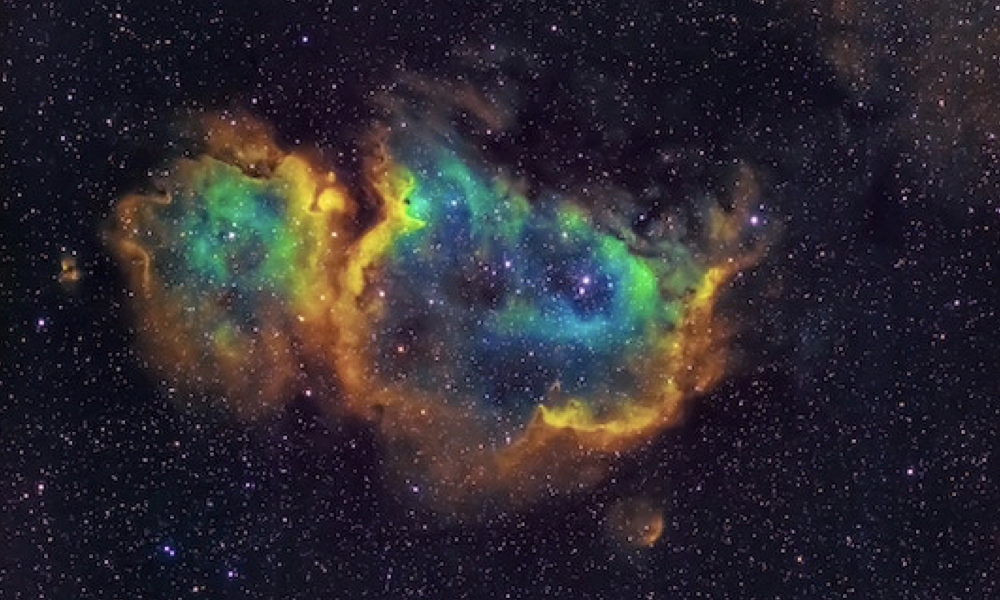
ESA Open Invitation to Tender AO8933
Open Date: 15/08/2017
Closing Date: 15/11/2017 13:00:00
Status: ISSUED
Reference Nr.: 17.1TT.15
Prog. Ref.: CC for Advanced Tech
Budget Ref.: E/0505-01C – CC for Advanced Tech
Special Prov.: BE+DK+FR+DE+IT+NL+ES+SE+CH+GB+IE+AT+NO+FI+PT+GR+LU+CZ+RO+CA
Tender Type: C
Price Range: 200-500 KEURO
Products: Satellites & Probes / Propulsion / Chemical Propulsion ¿ BB / Combustion chambers
Satellites & Probes / Propulsion / Chemical Propulsion ¿ BB / Nozzles
Techology Domains: Propulsion / Chemical Propulsion Technologies / Liquid Propulsion Systems
Establishment: ECSAT
Directorate: Directorate Telecom & Integrated Applica
Department: Telecom Technologies,Product&Systems Dep
Division: Technologies and Product Division
Contract Officer: Dean, Andrea
Industrial Policy Measure: N/A – Not apply
Last Update Date: 15/08/2017
Update Reason: Tender issue
Objective: The objective of this activity is to demonstrate, by test on breadboard hardware, the potential improvement in specific impulse performance and hardware mass from using new high temperature materials for chemical propulsion thruster chambers and nozzles. Targeted Improvements:- A specific impulse of 300s 310s for reaction control thrusters (10 20N), and 325s 335s for liquid apogee engines (400-500N). – A thruster mass of < 600 g for reaction control thrusters, and less than 5.5 kg for liquid apogee engines. Description: Geostationary spacecraft use chemical propulsion thrusters for orbit transfer and station keeping manoeuvres. The limited specific impulse performance of these thruster means that large propellant masses (of the order of tonnes) are needed. Because of the large propellant mass involved, even modest increases in specific impulse performance have a significant impact on overall spacecraft wet mass. Current chemical propulsion thrusters typically use refractory and other high temperature metals for the thrust chambers and nozzles, where operating temperatures are critical to performance. Proprietary coatings are also sometimes used toimprove the chemical resistance of the materials under elevated temperature conditions. These materials are limited to operating temperatures in the range 1250 to 1550 deg C. The use of alternative, emerging high temperature materials, such as ceramic metal matrix materials for example, could increase the operating temperature in excess of 2000 deg C, with a resulting equivalent increase in specific impulse performance.Hence, in this activity, concepts for thrust chambers and nozzles based on emerging high temperature materials for the use in chemical propulsion thruster chambers shall be developed. Any necessary evaluation and characterization of the material for space application shall be carried out. A breadboard thruster chamber and nozzle based on the developed concepts shall be designed, developed and manufactured. A hot fire test shall be conducted to validate the expected performance improvements and demonstrate the developed concepts.
If you wish to access the documents related to the Invitation to Tender, you have to log in to the ESA Portal.
